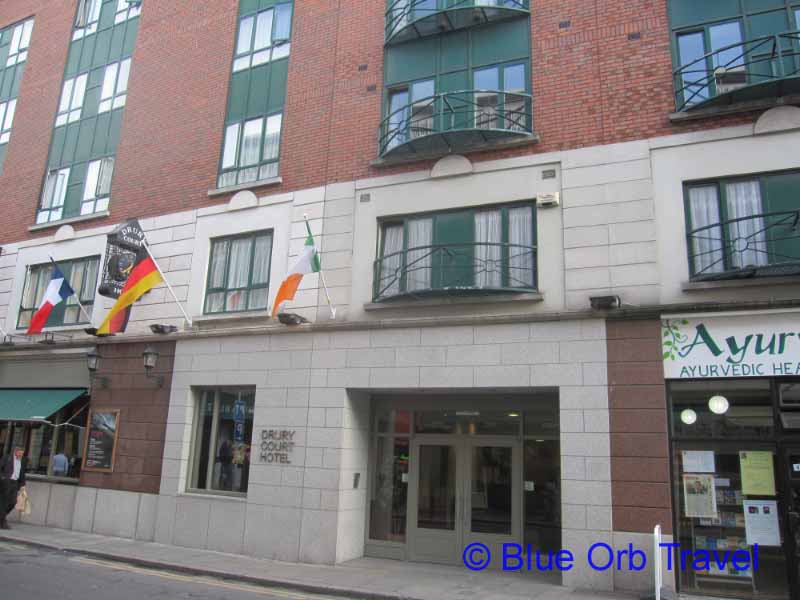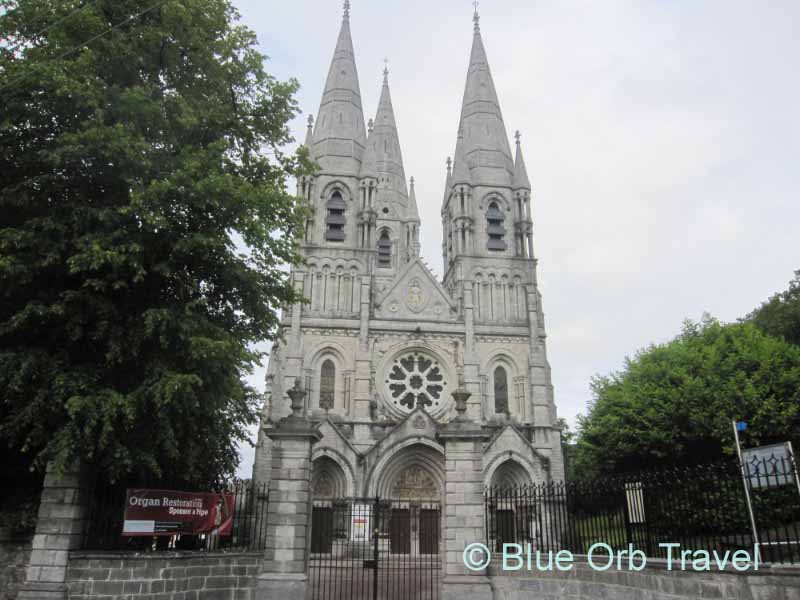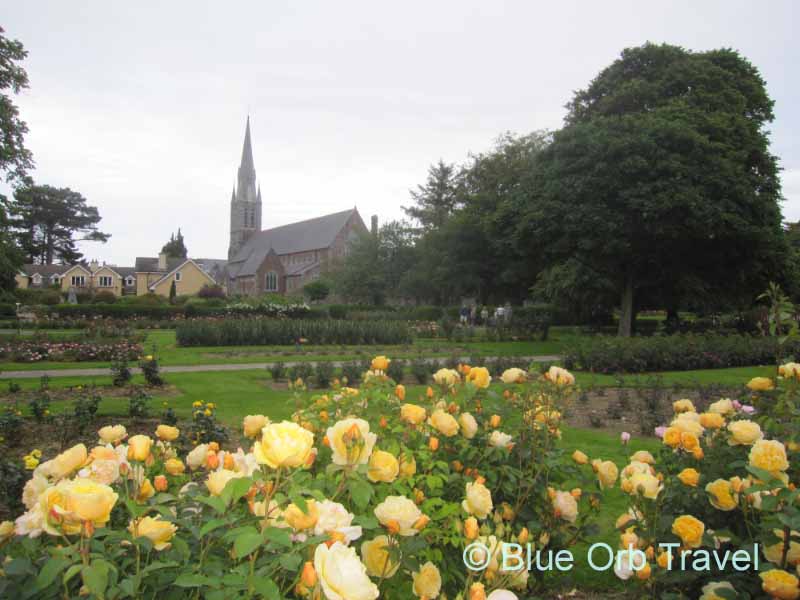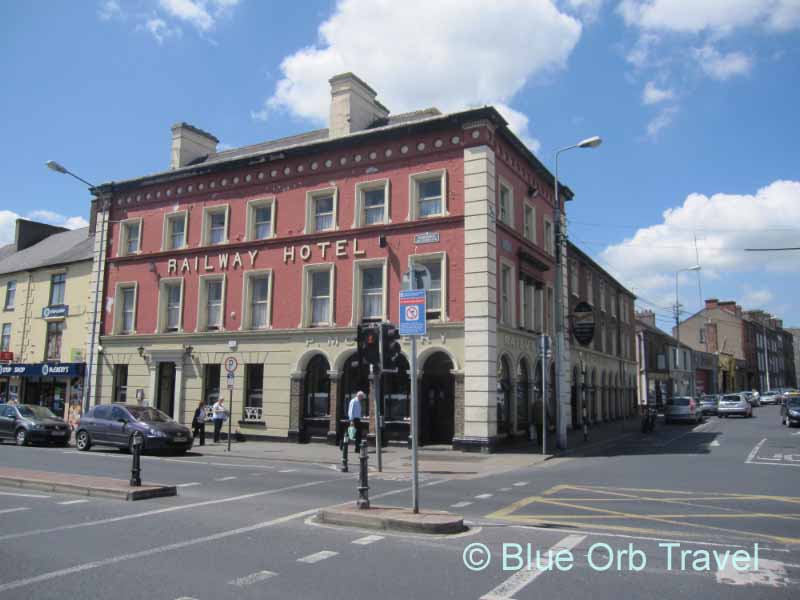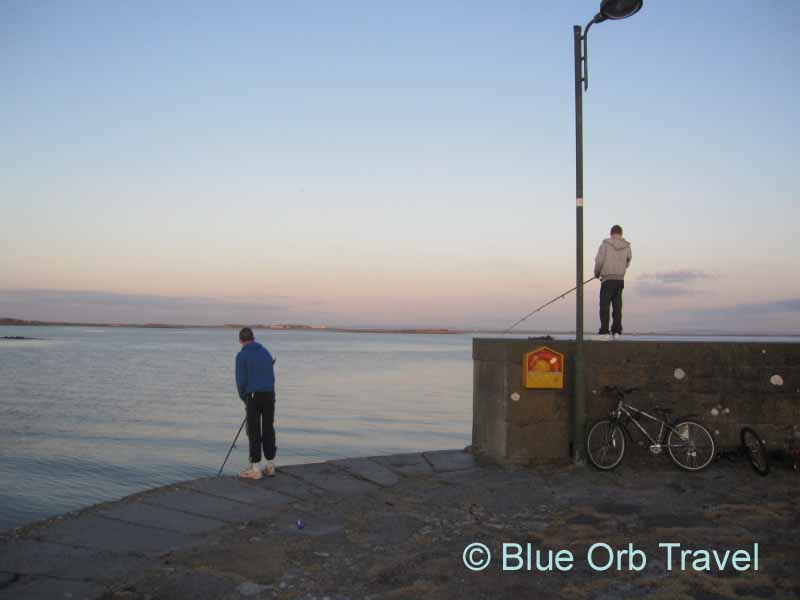Dublin, Ireland
Dublin, Ireland…Journey’s End
It was inevitable that my two and a half week trek through England, Wales, Scotland, Northern Ireland and the Republic of Ireland would have to come to an end, so what better place to wind it up than Dublin! For many travelers, Dublin is a dream destination to be experienced at least once during a lifetime. Located on the east coast of Ireland where the River Liffey flows into the Irish Sea separating England from Ireland, Dublin is the capital of the Republic of Ireland and also its most populous city.
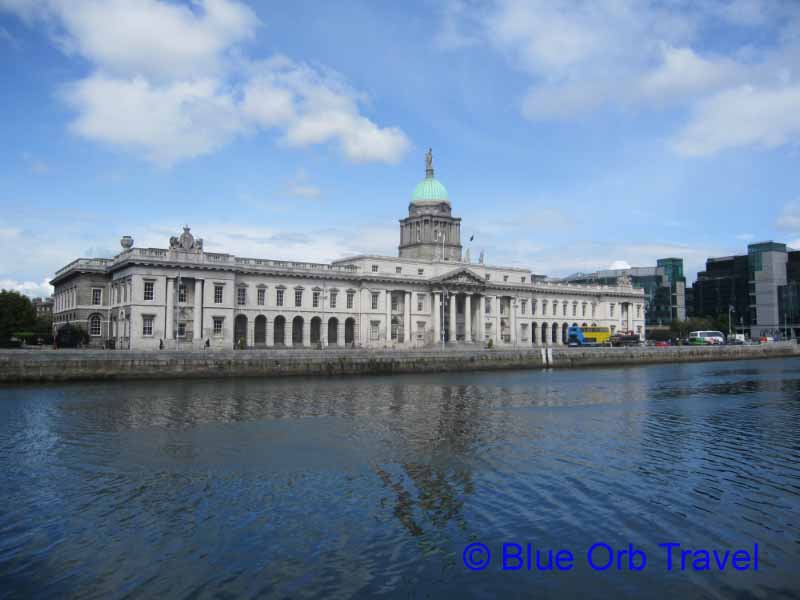
The word ‘Dublin’ means ‘black pool’ and humans have been known to inhabit the area since prehistoric times. The first recorded accounts of life in Dublin date back to 140 AD and as the centuries rolled by, the events that transpired in this fascinating city would not only secure its place in history, but also ensure its role as a major player on the 21st Century world stage. Today, Dublin is the center of culture, finance and education in Ireland, as well as being its seat of government. So, let’s go together now on a whirlwind, walking tour of Dublin, Ireland.
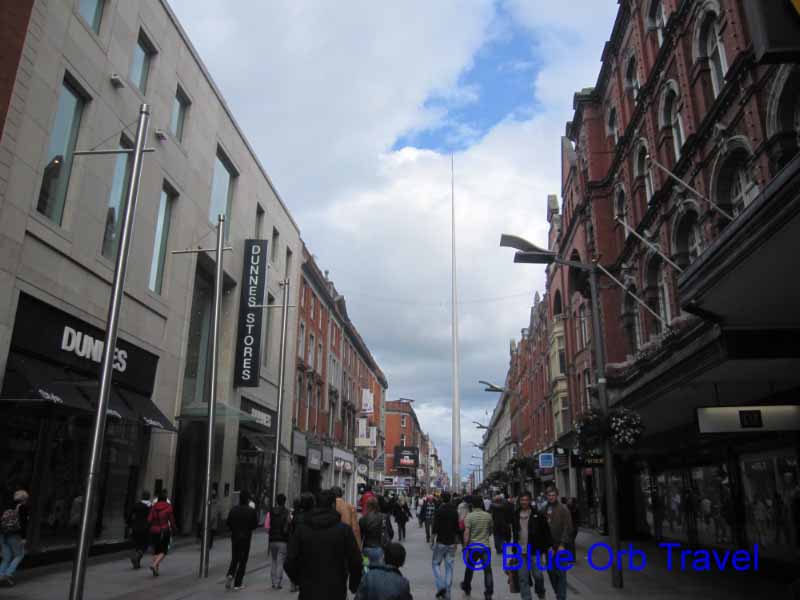
Points of Interest North of the River Liffey
O’Connell Street
The River Liffey divides Dublin into two sectors, known as the Northside and the Southside, and is traversed along its course by a number of interesting bridges, from the ultramodern Samuel Beckett Bridge opened in 2009 to the historic Mellows Bridge constructed in 1764. The streets that run alongside the river on each side are divided into Quays that extend between each bridge. The centrally located O’Connell Bridge is a good starting point for a walking tour of Dublin. Crossing over to the Northside sets you on a path down this wide boulevard lined with shops, restaurants, pubs and a number of important sights. One of the most noticeable is the Millennium Spire completed in 2003. Also known as the Spire of Dublin or the Monument of Light, the location of this modern, 400 foot, stainless steel needle next to the 200 year old General Post Office typifies the juxtaposition of old and new throughout Dublin.

The Garden of Remembrance
Dublin figured prominently during the Irish War of Independence and a little farther north on O’Connell Street is Parnell Square and the Garden of Remembrance. The garden was opened in 1966 and is dedicated to the memory of ‘all those who gave their lives in the cause of Irish freedom’. Lost in my own thoughts, I paused for a moment in this peaceful, outdoor sanctuary, joining the other tourists and Dubliners who were gathered there in silent reflection.

Potpourri of Culture
Those who appreciate Irish literature will want to continue on to the Dublin Writers Museum and the James Joyce Cultural Centre. With a little sleuthing the original location of 7 Eccles Street featured in Joyce’s Ulysses can still be found. Continuing on the Northside, but east of O’Conner Street, is the Custom House built in the 1780s and undoubtedly Dublin’s greatest contribution to the world of architecture. Its impressive dome and columns are actually best viewed from across the river looking northward. Heading westward now, a visit to the Old Jameson Distillery will delight aficionados of Irish whiskey and you can even wet your whistle with a free drink at the end of the tour. Remember, all of these sights are easily accessible on foot and having gotten to this point, visitors can now take their pick of interesting bridges to cross back over to the Southside.

Points of Interest South of the River Liffey
Guinness Brewery
For most visitors to Dublin, the best known sights are likely to be located south of the River Liffey. Our walking tour has thus far taken us on a counter-clockwise sweep of the city. We are now at the west end of the Southside of Dublin near Heuston Station, built in 1846 and still one of Ireland’s main railway stations. The nearby Kilmainham Gaol where many of the Irish nationalist leaders were incarcerated was built as a prison in 1796 and is now open to the public as a museum. Continuing eastward after exploring this sobering landmark, a visit to the Guinness Brewery and Storehouse dating back to 1759 will get your Irish mojo back on track.
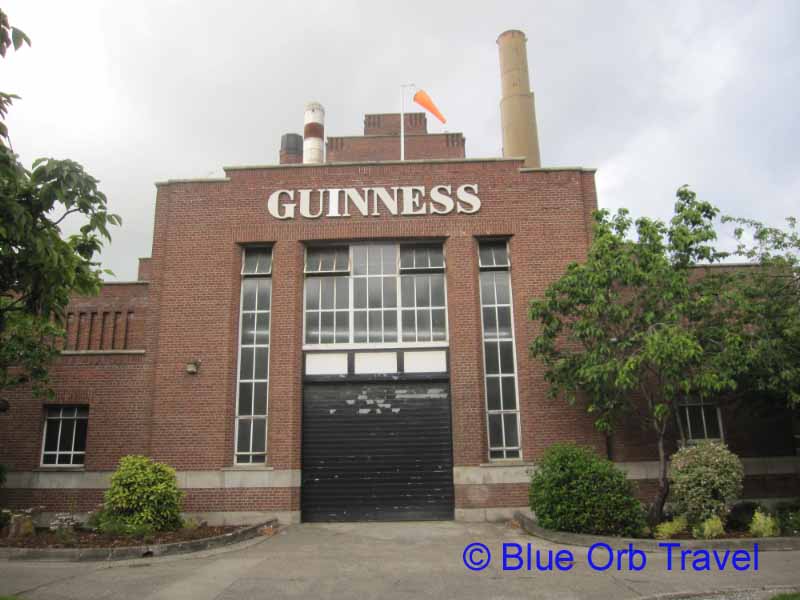
Medieval Dublin
The Vikings, mostly from Denmark, settled in Dublin in the 9th century and retained control until the Norman Invasion of 1169. Once England assumed power in the region it operated from the Dublin Castle which dates back to 1204. The Record Tower is the only surviving tower and dates back to 1228. History buffs will also want to see St. Audden’s Gate (1275) and the old city walls in the Viking Medieval Area, all in the vicinity of the castle.

The Cathedral District
Next up, in the appropriately named Cathedral District you will come to the historic Christ Church Cathedral founded around 1030 AD. If you time it just right, you may get to hear the well-known choir, the magnificent organ and the pealing of the 19 tower bells, all of which carry on the musical tradition for which this church is known. Just a little farther south is Ireland’s largest cathedral, St. Patrick’s Cathedral, dating back to 1191, which contains the grave of writer Jonathan Swift, author of Gulliver’s Travels. The choir at St. Patrick’s Cathedral provided many of the voices for the first public performance of Handel’s Messiah which took place in Dublin in 1742.

Trinity College
Perhaps one of the most famous universities in the world, Trinity College is located literally in the heart of Dublin. Founded in 1592 during the rein of Queen Elizabeth I, its impressive list of graduates includes such literary notables as Oscar Wilde, Samuel Beckett, Jonathon Swift and Bram Stoker of Dracula fame. The library at Trinity College contains the famous Book of Kells, a lavishly illustrated manuscript of The Four Gospels of the New Testament created by Celtic monks sometime before 800 AD. After a stroll through the perfectly manicured quads which are lined with architecturally classic buildings you’ll see why Trinity College is considered one of the most beautiful campuses in the world.

Temple Bar
South of the college is a peaceful park known as St. Stephen’s Green where you can take a breather after visiting the adjacent shopping centers. The historic display of Georgian architecture surrounding nearby Merrion Square is also worth a peek. After visiting the National History Museum and National Gallery next to Merrion Square you can cool your heels at one of the many pubs in the Temple Bar area. With its cobblestone streets and period buildings, this bustling district running alongside the River Liffey will give you a taste of ancient Dublin. You can also enjoy a taste of beer or whiskey as you enjoy they vibrant nightlife in this popular tourist destination.
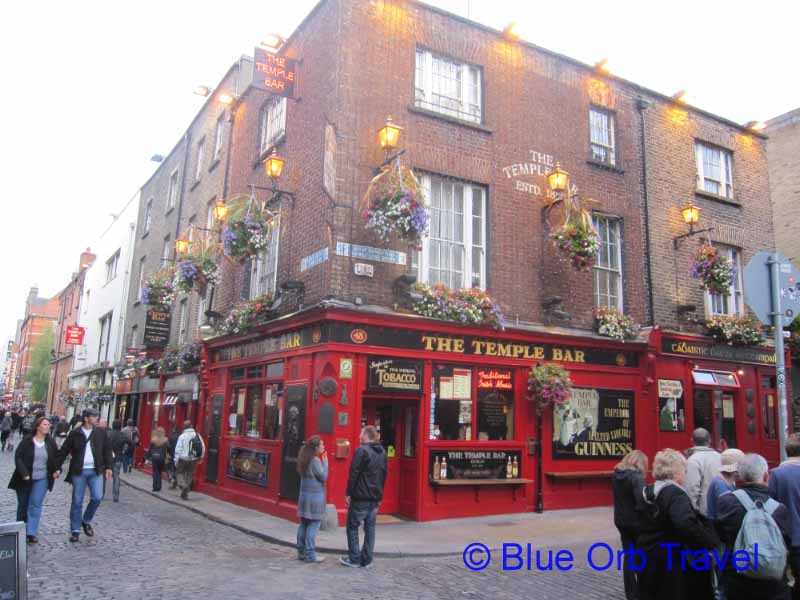
Tips for Planning Your Trip
Dublin as a Gateway City
Not only is Dublin a beautiful and historic city with lots of great hotels, restaurants and pubs, but it also has convenient access to the modern Dublin Airport 6 miles north of the city as well as easy access to both bus and rail lines. With its central location and the many airlines that service its airport, Dublin should be considered as a potential gateway city for any trip to the British Isles or the European continent. Completing the last leg of my journey, I arrived around noon on a weekday in early June after a 4 hour bus ride from Cork (on my favorite Bus Eireann) with the ticket costing about $18. After waiting out a brief downpour, I walked from the bus station, across the river to my hotel with a little help from several friendly police officers (referred to as Garda in Ireland) who were glad to assist me with directions. The friendliness of the Irish people simply cannot be overstated.

The Drury Court Hotel
I’d made a reservation at the Drury Court Hotel near the Temple Bar area before leaving on my trip and for the equivalent of $98 I had a nice room in a great location. It’s worth pointing out once again that the only reservations I make ahead of time are for the first and last nights of my trip, since these are the only nights I know for sure where I will be. Interestingly, these are often the most expensive nights of my trip and for the most part just walking in on arrival will get you a better value for your money, especially during the off-season. When my visit had finally come to an end I was able to catch an Airlink bus near my hotel going directly to the Dublin Airport for $8.50. All that was left now was the long flight home and a lot of wonderful memories. Be sure to return for my next posting where I will recap my itinerary which you can tailor to meet your own needs for your trip through the British Isles.
